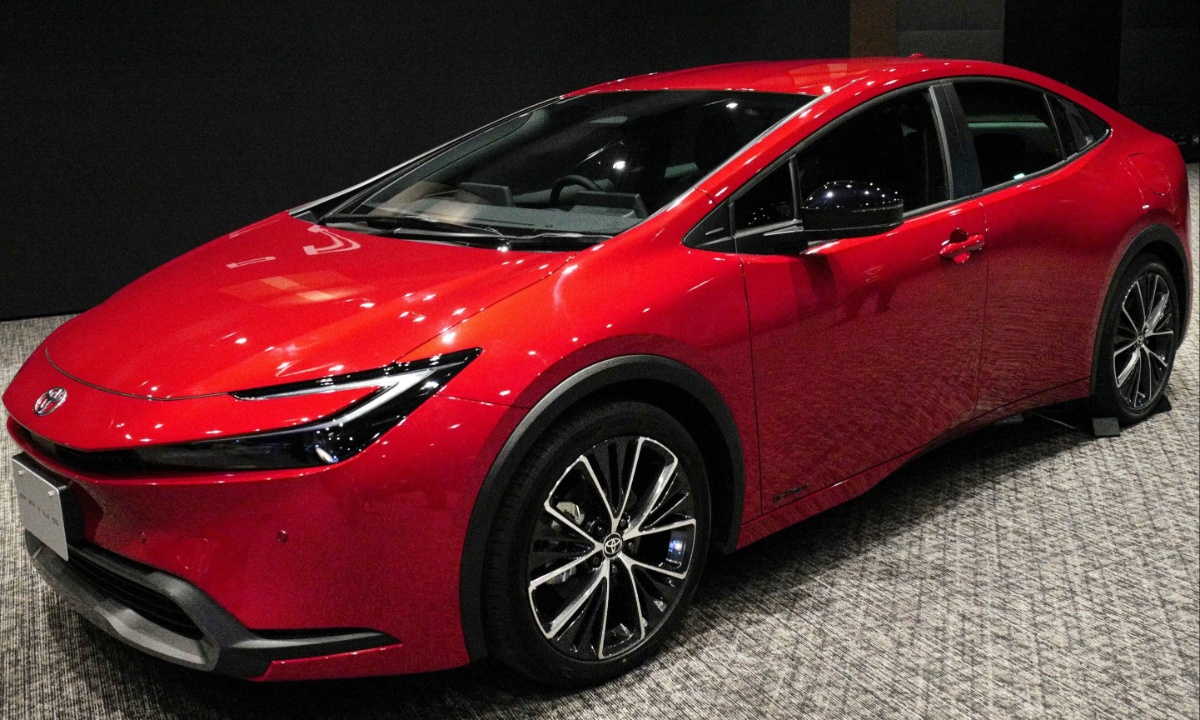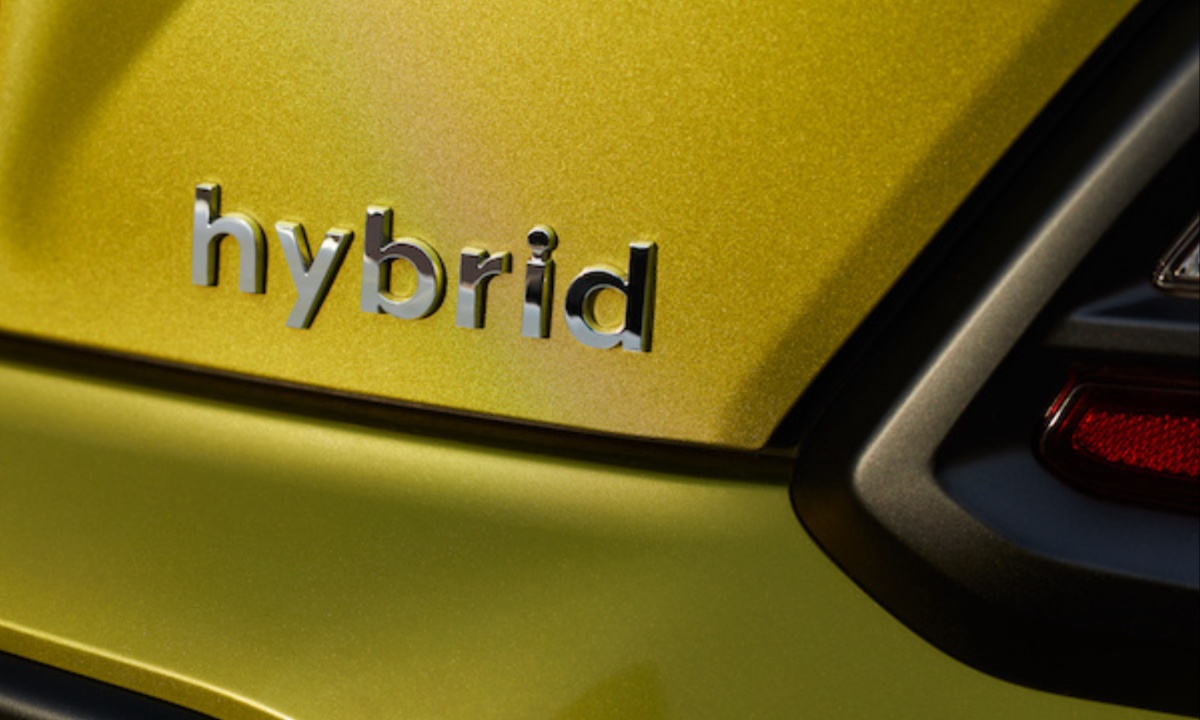Hybrid vehicles are gaining popularity for their fuel efficiency and environmental benefits, but potential buyers often overlook several important factors. While hybrids promise eco-friendliness, the reality of ownership can be more complex than anticipated. There are many lesser-known truths about these cars that every buyer should be aware of before making the switch.
One major consideration is the higher upfront cost. Hybrid cars tend to be more expensive than their gasoline counterparts due to advanced technology and dual powertrains. Additionally, while hybrids are marketed as low-maintenance, they require specialized repairs, which can be costly. Hybrid battery replacement, for example, can run from $2,000 to $8,000, and the lifespan of these batteries is not indefinite—many start to degrade after 5 to 10 years.
Other practical issues include reduced cargo space due to battery placement and a limited electric-only driving range, which typically falls between 20 to 50 miles. Cold weather can also negatively affect performance, and the real-world fuel efficiency often doesn’t match advertised figures.
Lastly, hybrid vehicles face challenges such as limited charging infrastructure and unpredictable resale value. These hidden costs and complexities are important to consider for anyone contemplating hybrid car ownership.

Higher Purchase Price
The advanced technology and dual powertrains of hybrid cars make them more expensive upfront compared to traditional vehicles, often by $5,000 to $10,000.
Elevated Insurance Costs
Hybrid cars often have higher insurance premiums due to their initial cost and the expense of repairing or replacing hybrid components.
Specialized Maintenance
Regular maintenance for hybrids involves unique procedures and checks due to their dual powertrain systems, often resulting in higher servicing costs.
Complex Repairs
Hybrid cars feature a combination of electrical and mechanical systems, which makes repairs more intricate. Specialized tools and expertise are required, limiting repair options and increasing costs.
Expensive Battery Replacements
Replacing a hybrid car battery can be a significant financial burden, with costs ranging from $2,000 to $8,000 depending on the model. These replacements typically become necessary after 8–10 years of use.
Limited Battery Lifespan
Although hybrid batteries are built for longevity, they eventually degrade. Factors like driving habits and climate can shorten their life to as little as 5–7 years, requiring earlier replacement.
Reduced Cargo Space
Hybrid battery placement often reduces available storage space, which can inconvenience drivers needing more cargo capacity.
Added Weight
The battery pack in hybrid vehicles increases their weight, potentially reducing fuel efficiency, and handling performance, and putting extra strain on suspension and braking systems.
Performance Compromises
Many hybrids prioritize fuel economy over performance, leading to slower acceleration and less dynamic driving experiences compared to traditional gasoline cars.
Limited Electric-Only Range
The electric driving range of many hybrids is restricted, often between 20 to 50 miles. This makes them less practical for long-distance travel without frequent charging.
Cold Weather Challenges
Hybrid batteries tend to perform poorly in cold temperatures, which can lower efficiency and shorten the electric-only range during winter months.
Real-World Fuel Economy
Hybrid fuel efficiency often falls short of advertised claims, particularly on highways. Factors such as terrain, climate, and driving behavior significantly affect real-world mileage.
Uncertain Resale Value
Concerns about battery life and replacement costs can deter potential buyers of used hybrids, often leading to lower resale values than anticipated.
Charging Accessibility Issues
Plug-in hybrid owners may face difficulties finding charging stations, especially in rural or suburban areas, limiting the convenience of electric driving.
Environmental Impact of Battery Production
Manufacturing hybrid batteries have a notable environmental cost, involving the extraction of rare earth metals and substantial greenhouse gas emissions during production.
This revised order begins with cost-related considerations, transitions to maintenance and performance aspects, and concludes with broader challenges like resale value and environmental impact.

